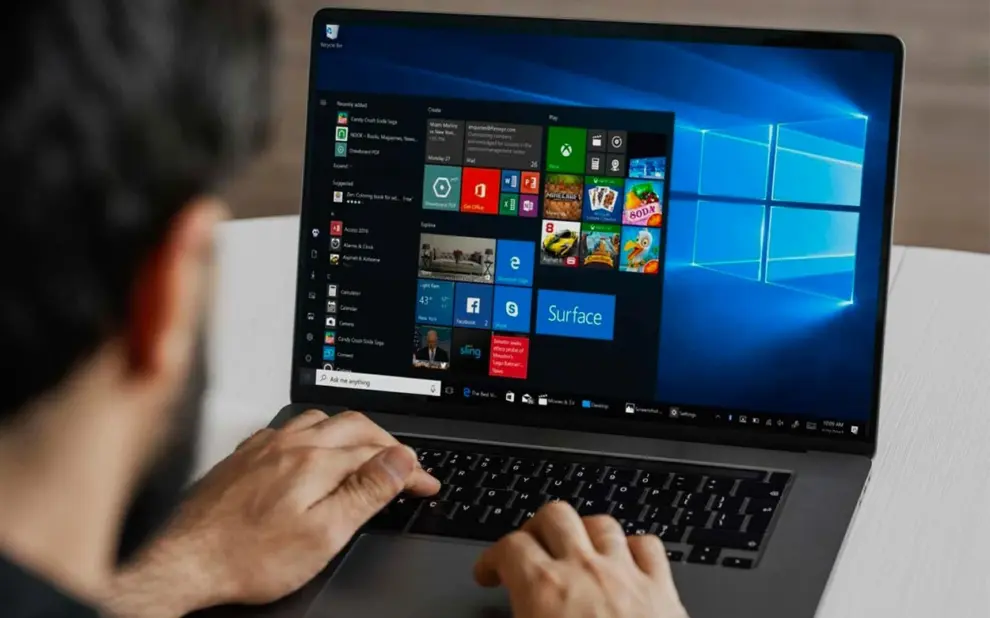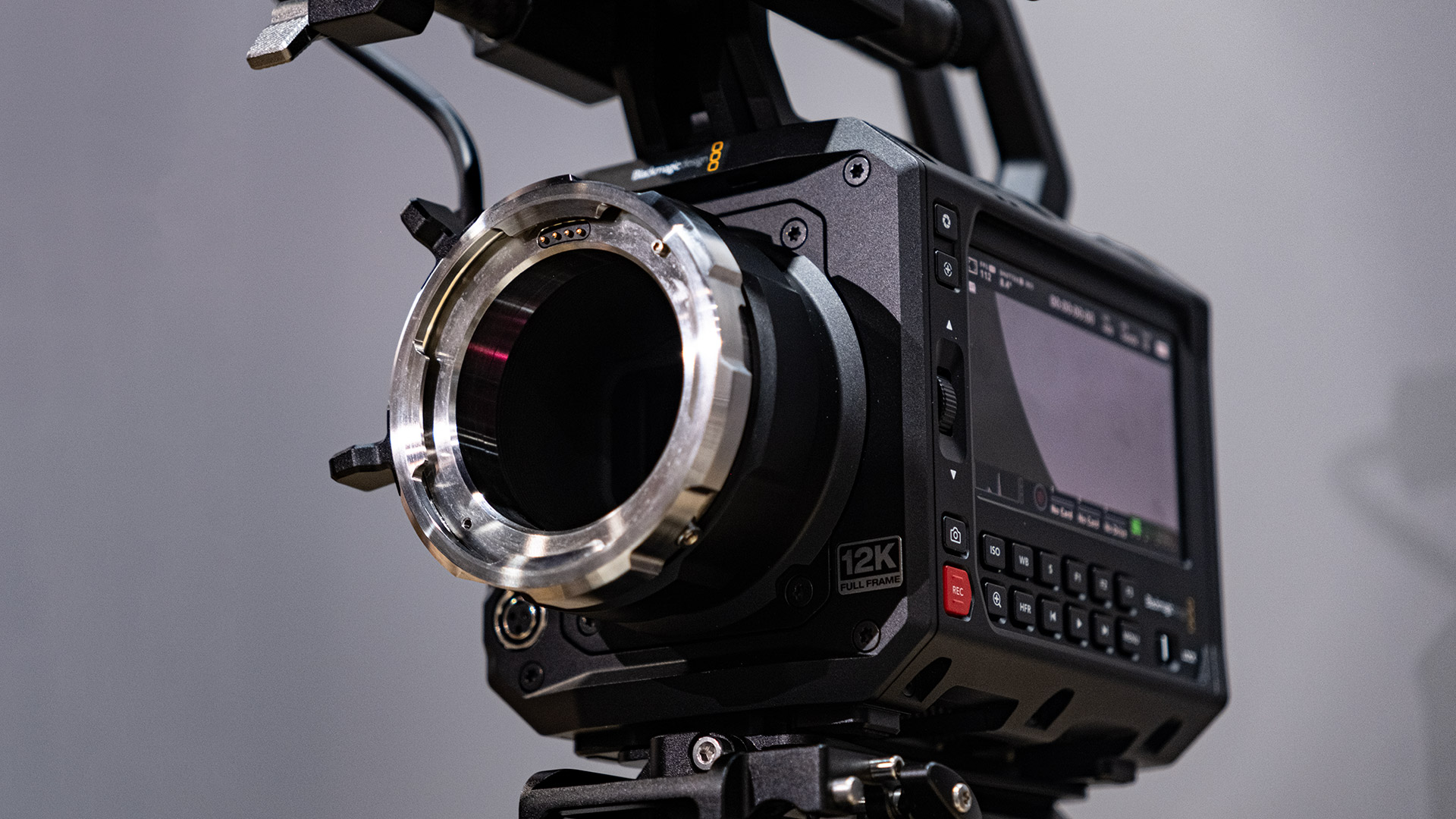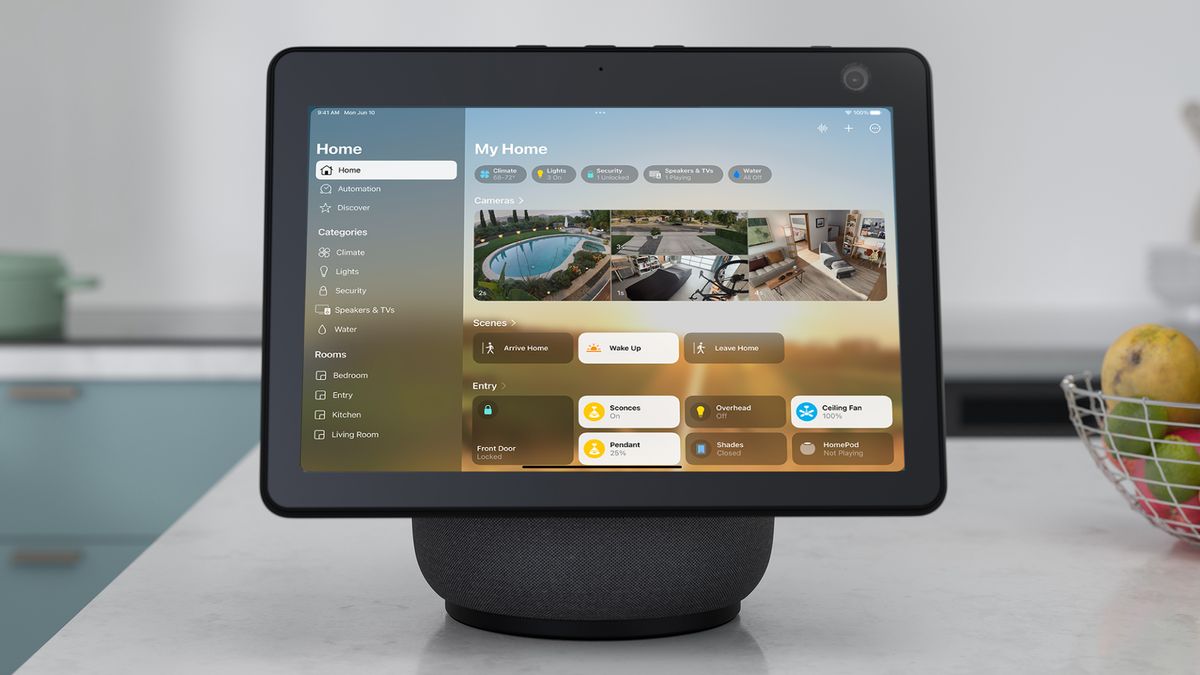Just when many thought the era of significant disruptions from Windows 10 updates was nearing its end, a recently released update appears to be causing fresh anxieties and frustrations for a segment of its user base. While Microsoft continues its support for the widely used operating system, the latest patch seems to have introduced a new wave of problems, leaving some users scratching their heads and questioning the stability of their systems.
Reports are trickling in from various online forums and tech communities detailing a range of issues that surfaced after installing the most recent Windows 10 update. These problems span from minor annoyances to more significant disruptions that impact daily computing tasks.
One recurring complaint revolves around performance degradation. Several users have reported a noticeable slowdown in their PC’s responsiveness after the update. Applications are taking longer to load, file transfers are sluggish, and even basic tasks like web Browse feel less fluid than before. This performance hit can be particularly frustrating for individuals relying on their Windows 10 machines for work or other time-sensitive activities.
“My laptop feels like it’s running through molasses since this update,” lamented a user on a popular tech forum. “Everything takes ages to open, and I’m constantly seeing the spinning wheel. I thought these kinds of issues were behind us with Windows 10.”
Beyond general performance woes, some users are encountering compatibility issues with their existing hardware or software. There are reports of certain peripherals, like printers or external hard drives, no longer functioning correctly after the update. Similarly, some applications that previously ran without a hitch are now experiencing crashes or displaying errors. This can disrupt workflows and force users to spend time troubleshooting instead of being productive.
“My old but reliable printer suddenly stopped working after the update,” shared another user on social media. “I’ve tried reinstalling drivers and everything, but Windows just doesn’t seem to recognize it anymore. This is incredibly inconvenient.”
Perhaps one of the most concerning issues being reported involves system instability. A few users have described experiencing unexpected crashes, blue screens of death (BSOD), or even boot loop scenarios after installing the update. These critical errors can lead to data loss and significant downtime, causing considerable stress and inconvenience for affected individuals.
“My computer crashed three times yesterday after the update,” recounted a worried user. “I’m afraid to even turn it on today in case it happens again. I’ve lost unsaved work because of this, and I’m seriously considering rolling back the update.”
While Microsoft has not yet issued an official statement acknowledging these widespread issues, the growing number of user reports across different platforms suggests that these are not isolated incidents. It remains unclear what specific aspect of the update is triggering these problems, but the impact on affected users is undeniable.
This latest episode raises questions about the quality control processes in place for Windows 10 updates, especially considering that the operating system is nearing the end of its mainstream support. While security updates will continue, major feature updates are no longer planned, leading many to believe that stability would be a top priority.
For users currently experiencing problems after installing the latest Windows 10 update, several steps can be taken. One common recommendation is to temporarily uninstall the update. This can often revert the system to its previous stable state. Instructions on how to uninstall updates can typically be found within the Windows Settings app under the “Update & Security” section.
Another potential solution involves checking for updated drivers for any affected hardware. Sometimes, an operating system update can introduce incompatibilities with older drivers, and installing the latest versions from the manufacturer’s website might resolve the issue.
Users encountering application crashes could try running the affected programs in compatibility mode or checking for updates from the software vendor. In some cases, a recent update to the application itself might address the incompatibility.
For those facing more severe issues like system instability, performing a system restore to a point before the update was installed could be a viable option. This can help roll back the system to a previous working configuration.
It is crucial for users experiencing these problems to report them through the official channels, such as the Windows Feedback Hub. This allows Microsoft to gather valuable data and potentially identify the root cause of the issues, leading to the development of fixes or workarounds.
The recurrence of update-related problems for Windows 10, even in its twilight years, serves as a reminder of the complexities involved in maintaining a widely used operating system across a vast range of hardware configurations. While updates are essential for security and sometimes introduce beneficial changes, they can also, unfortunately, lead to unforeseen complications.
This latest update setback could further fuel the ongoing debate about the best approach to operating system updates and the importance of thorough testing before public release. For now, Windows 10 users facing these new challenges will need to rely on community support and potential official guidance from Microsoft to navigate these turbulent waters. The hope is that Microsoft will quickly acknowledge these reports and provide timely solutions to alleviate the frustrations of its dedicated user base. The question remains: will this be the last major headache caused by a Windows 10 update before its eventual end of support? Only time will tell.










Add Comment